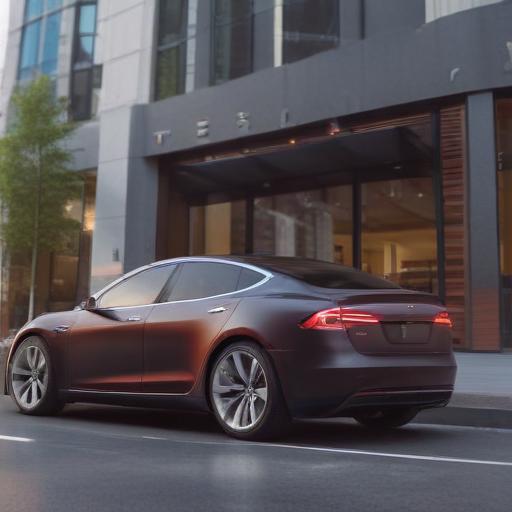Tesla (TSLA) experienced a slight miss in both earnings and revenue for the second quarter, reporting $22.50 billion in revenue, which fell short of the $22.64 billion anticipated by Bloomberg consensus. This marks a significant 12% decline from the $25.05 billion reported during the same period last year. The company also posted adjusted earnings per share (EPS) of $0.40, slightly below the estimated $0.42, with operating income reported at $923 million, falling short of the $1.23 billion expected.
Despite the challenges, Tesla remains optimistic about its upcoming vehicle offerings, including plans for a more affordable model that is set to begin production in the second half of 2025. The company reiterated its commitment to expanding its vehicle lineup and mentioned that volume production of its purpose-built robotaxi is also targeted for 2026.
In the previous year’s Q2 report, Tesla indicated that production for new models, including the anticipated budget-friendly EV, was on track for the first half of the following year. However, specifics regarding this new vehicle have remained scarce, and the current least expensive EV in Tesla’s lineup, the rear-wheel-drive Model 3, starts at approximately $43,000.
Tesla is also increasing its robotaxi testing in Austin, Texas, broadening its operational area and likely adding more vehicles to its fleet. Though CEO Elon Musk has indicated plans to expand testing to the San Francisco Bay Area, it appears that applications for necessary state permits have yet to be filed. In separate news, Tesla is reportedly in discussions with officials in Nevada regarding testing its robotaxi service.
Despite these developments, Tesla faced challenges including a drop in global vehicle deliveries, which totaled 384,122 units in Q2, representing a 13.5% decrease compared to the previous year. This decline may be attributed to a transition to the refreshed Model Y, raising questions about the availability of this model in Tesla’s key markets as competition in the EV space intensifies.
The persistence of challenges in important markets such as Europe, coupled with changing consumer preferences, suggests that while Tesla is moving forward with innovative projects, it will need to navigate a complex environment to maintain its leadership in the electric vehicle market.
Overall, while Tesla’s current performance demonstrates some setbacks, the company’s ongoing investment in new models and advancements in technology offers a potentially bright future for the brand.
